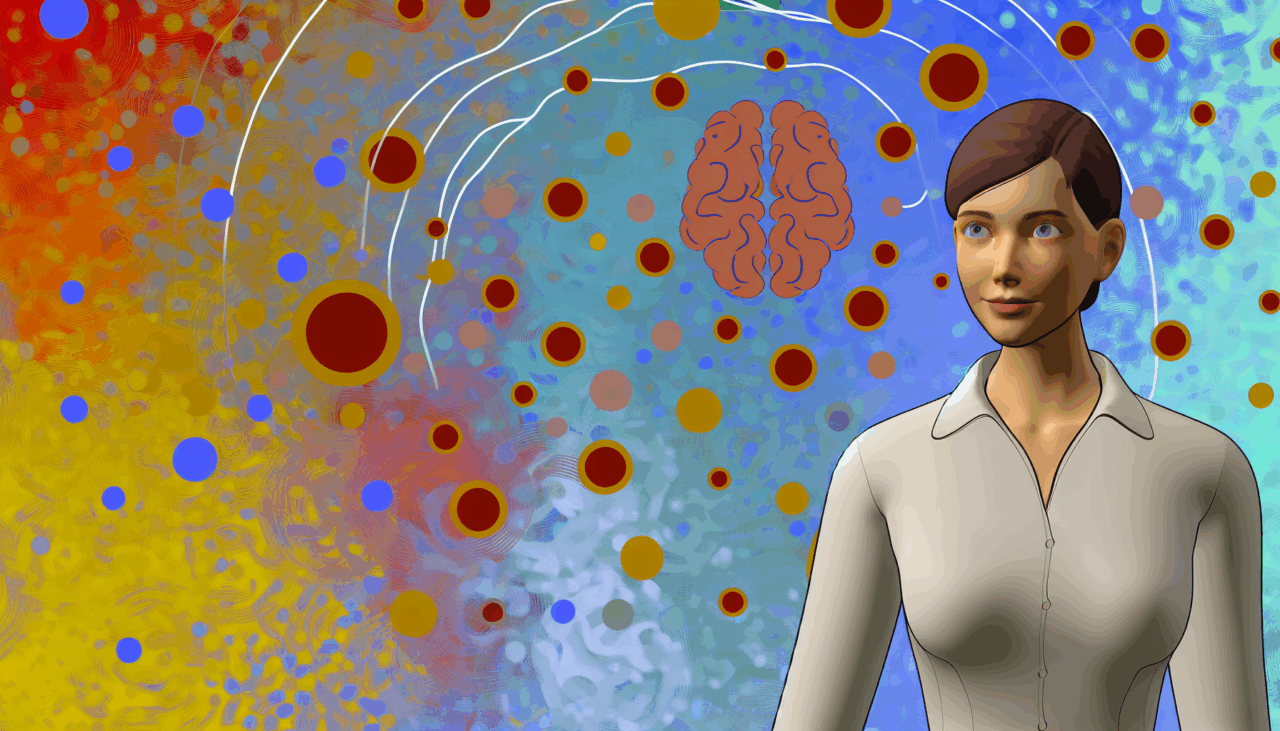Introduction to Interpersonal Neural Synchrony
Interpersonal neural synchrony is a fascinating concept that provides insight into how individuals align both cognitively and socially during interactions. This alignment is crucial for effective communication and collaboration. While previous research has established that personality traits influence interpersonal behavior and that similarity in these traits can enhance coordination between individuals, the connection between personality similarity and neural synchrony remains underexplored.
Research Objective and Methodology
The present study aimed to investigate the relationship between personality trait similarity, specifically within the Big 5 personality dimensions, and interpersonal neural synchrony. The study utilized an electroencephalography (EEG) hyper-scanning methodology to observe this relationship in real-time. A total of 23 female dyads participated in the study, each completing the Big 5 personality questionnaire and engaging in a goal-oriented social task while wearing lightweight EEG headsets.
Measuring Personality Similarity and Neural Synchrony
To assess personality similarity, researchers calculated the absolute difference in Big 5 scores between participants within each dyad. This approach allowed for a precise measurement of how similar or different the participants were in terms of their personality traits. Interpersonal neural synchrony was quantified using Dynamic Time Warping (DTW), a method that measures the similarity between separate temporal signals based on a time-frequency decomposition of EEG data.
Key Findings: The Role of Conscientiousness
The study’s results revealed a significant finding: similarity in Conscientiousness scores within dyads was a strong predictor of interpersonal neural synchrony. This suggests that when individuals share similar levels of conscientiousness, their brains are more likely to synchronize during interactions. Interestingly, while openness showed a marginal prediction, no significant relationship was found for the other Big 5 traits.
Implications of the Findings
These findings highlight the importance of personality similarity, particularly in conscientiousness, in fostering neural synchrony during social interactions. This suggests a trait-based pathway through which social alignment can emerge naturally. Understanding this connection could have significant implications for enhancing teamwork and communication in various settings, from workplaces to educational environments.
Conclusion
In conclusion, this study provides valuable insights into the neural mechanisms underlying social interactions. By demonstrating that conscientiousness similarity enhances neural synchrony, it opens new avenues for research into how personality traits influence cognitive and social alignment. Future studies could explore the implications of these findings in different contexts and with diverse participant groups to further understand the complexities of interpersonal neural synchrony.
🔗 **Fuente:** https://www.frontiersin.org/journals/human-neuroscience/articles/10.3389/fnhum.2025.1622203/full


